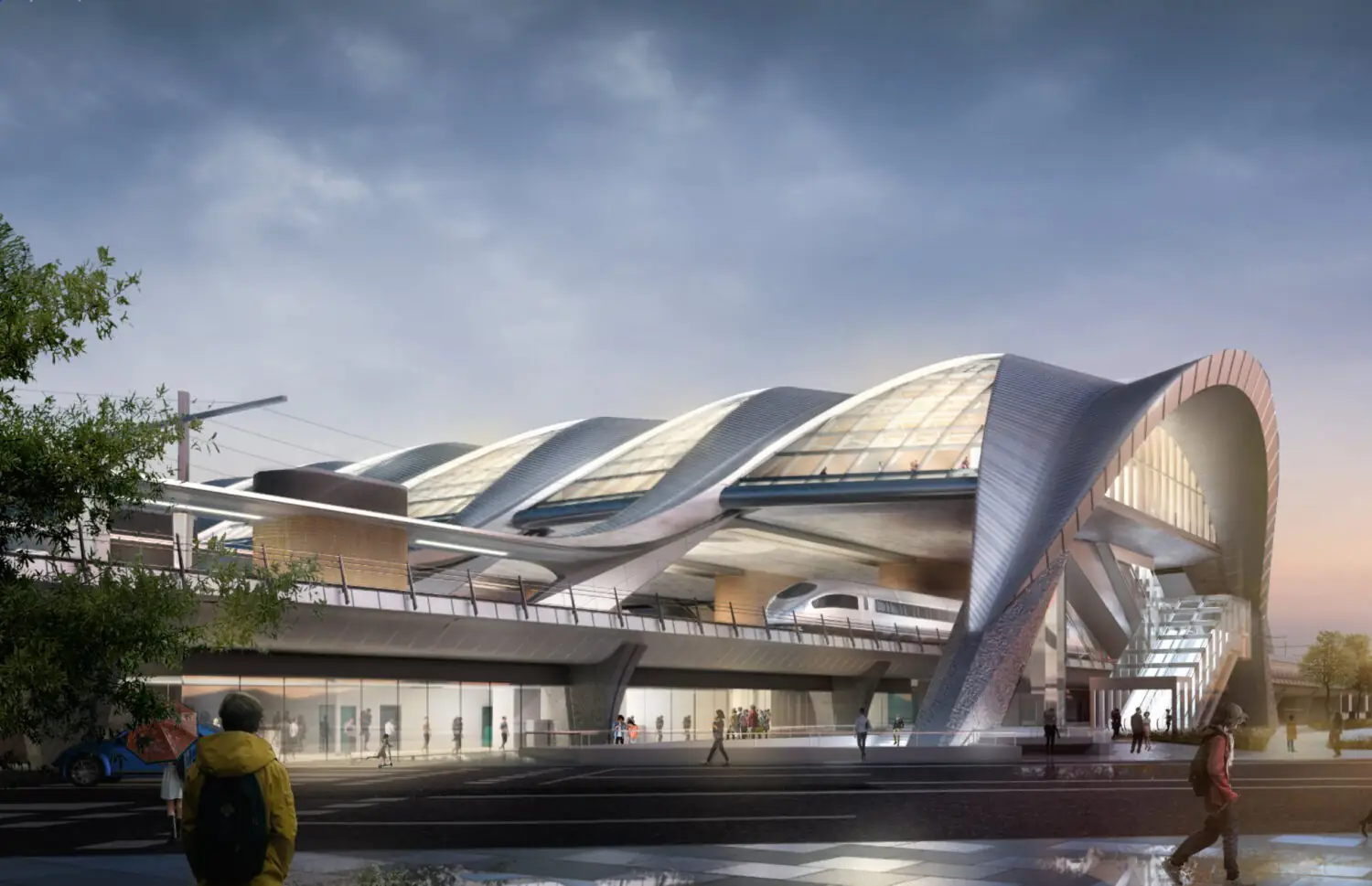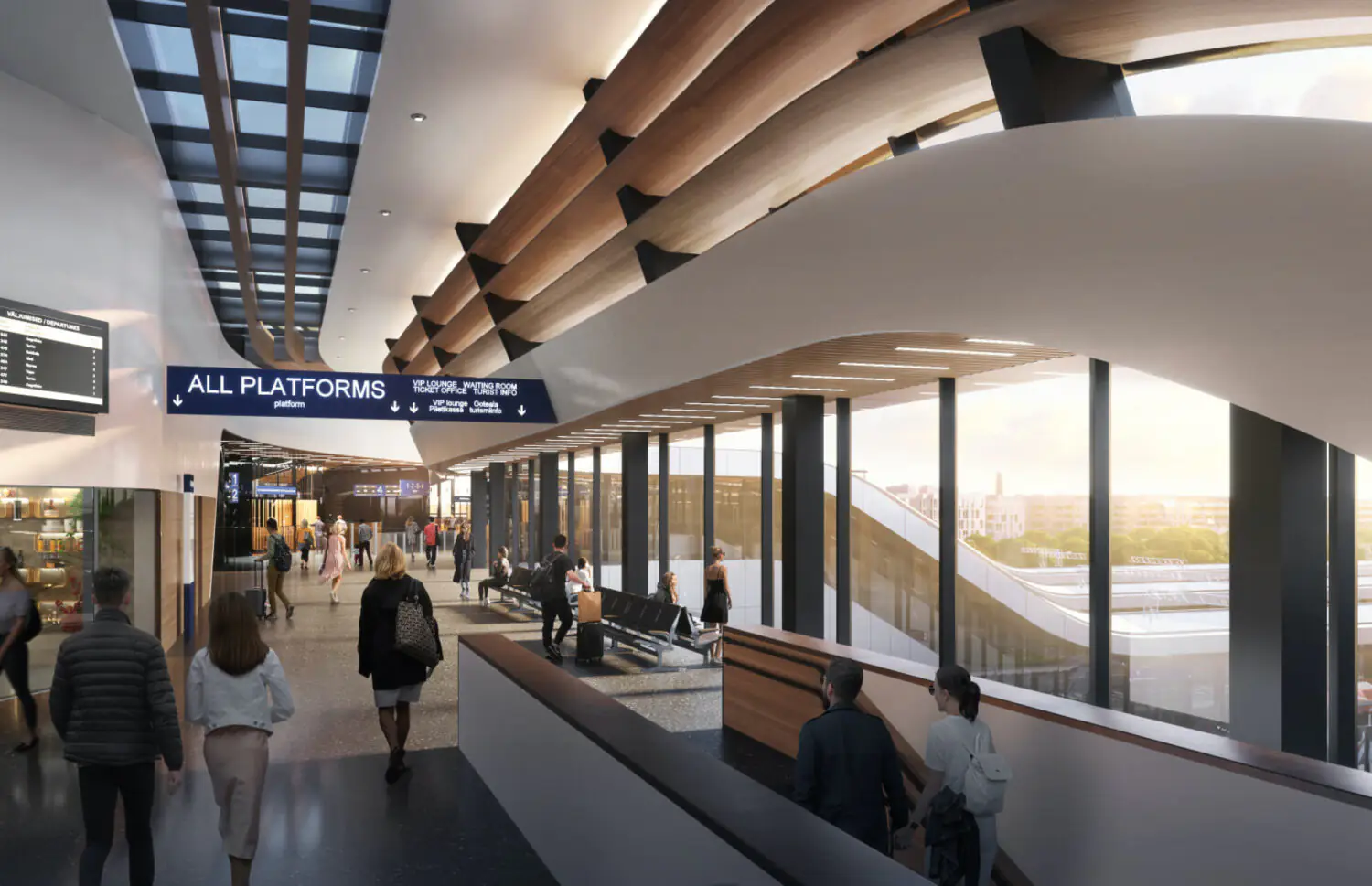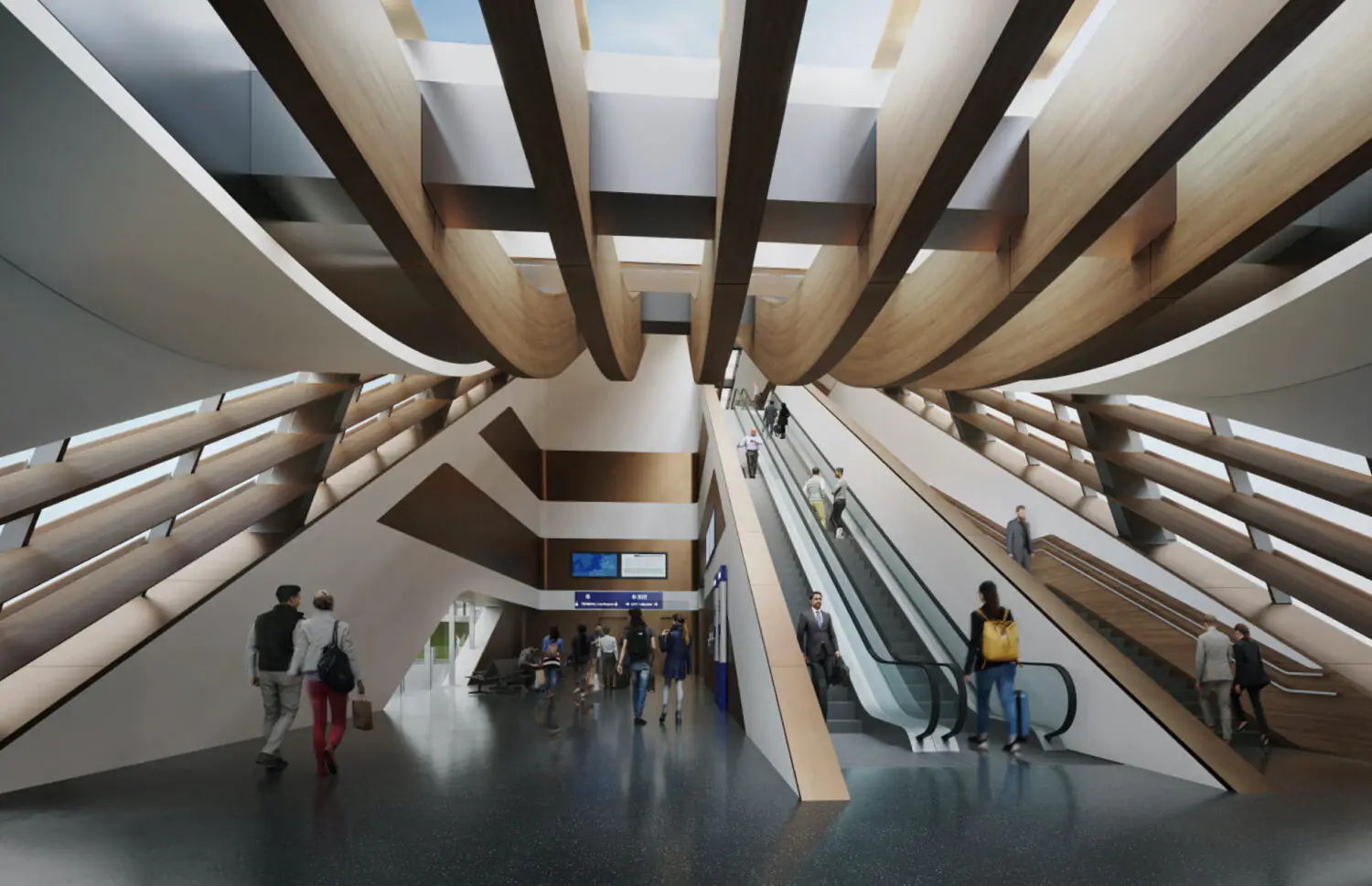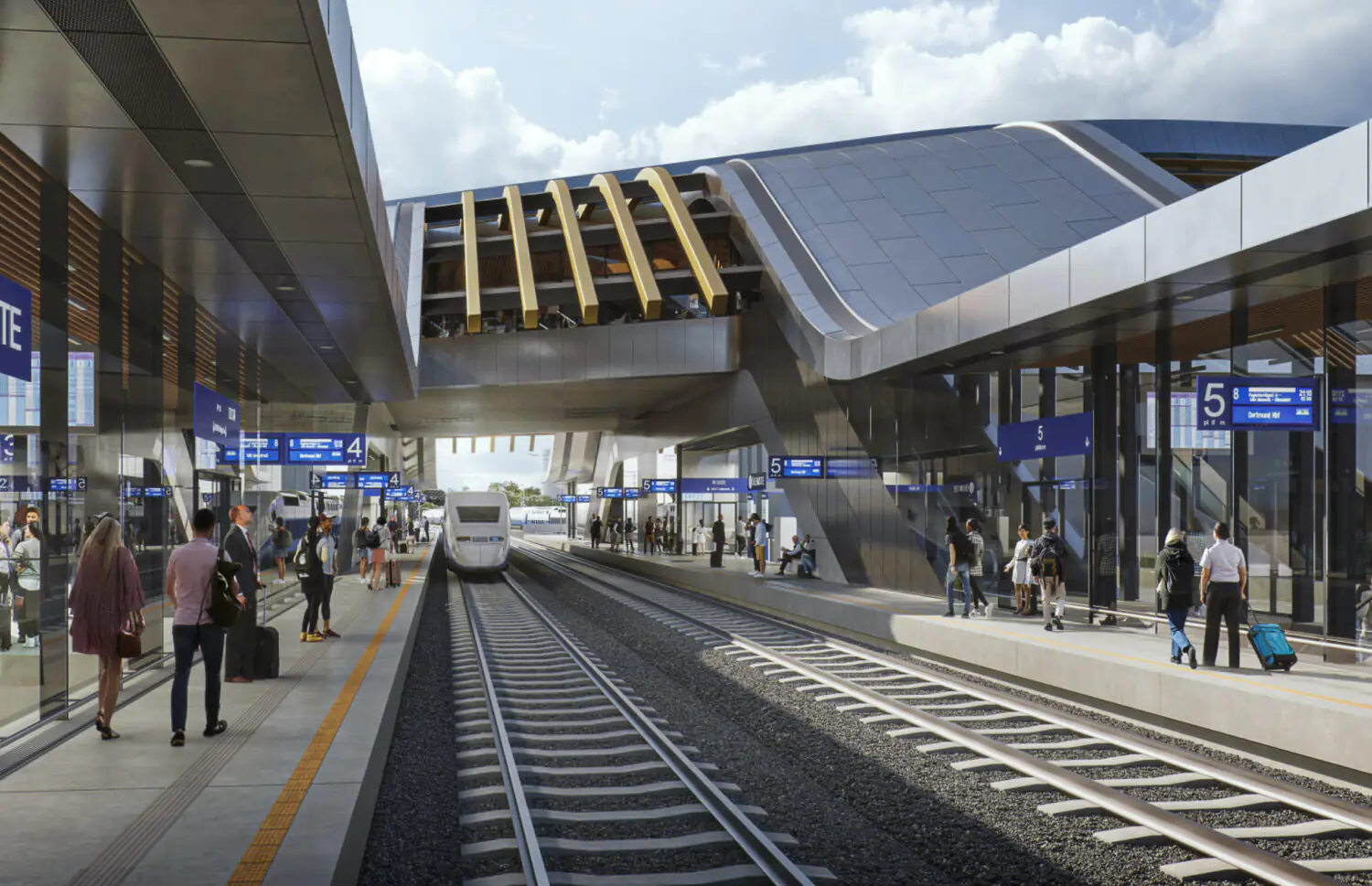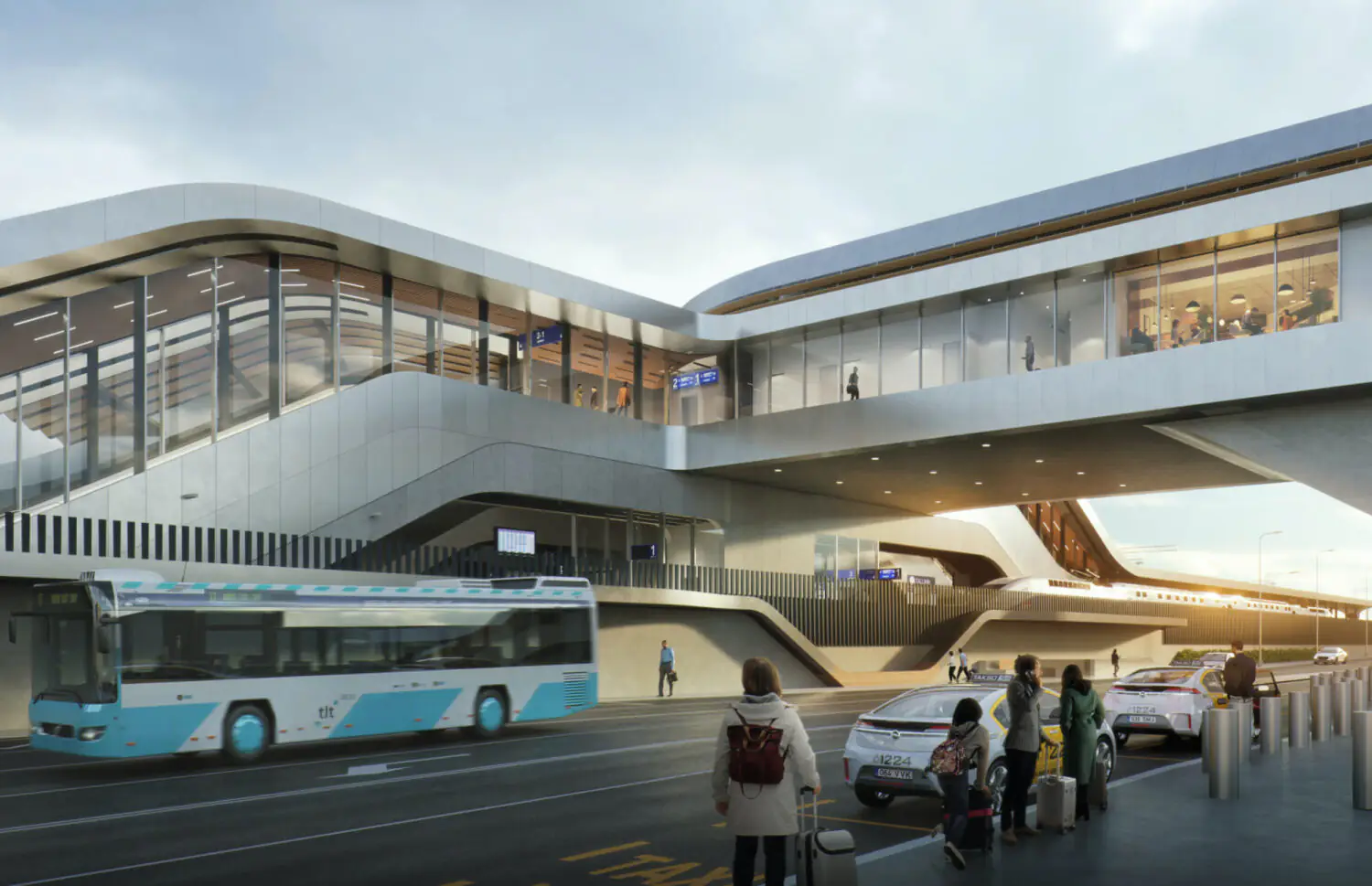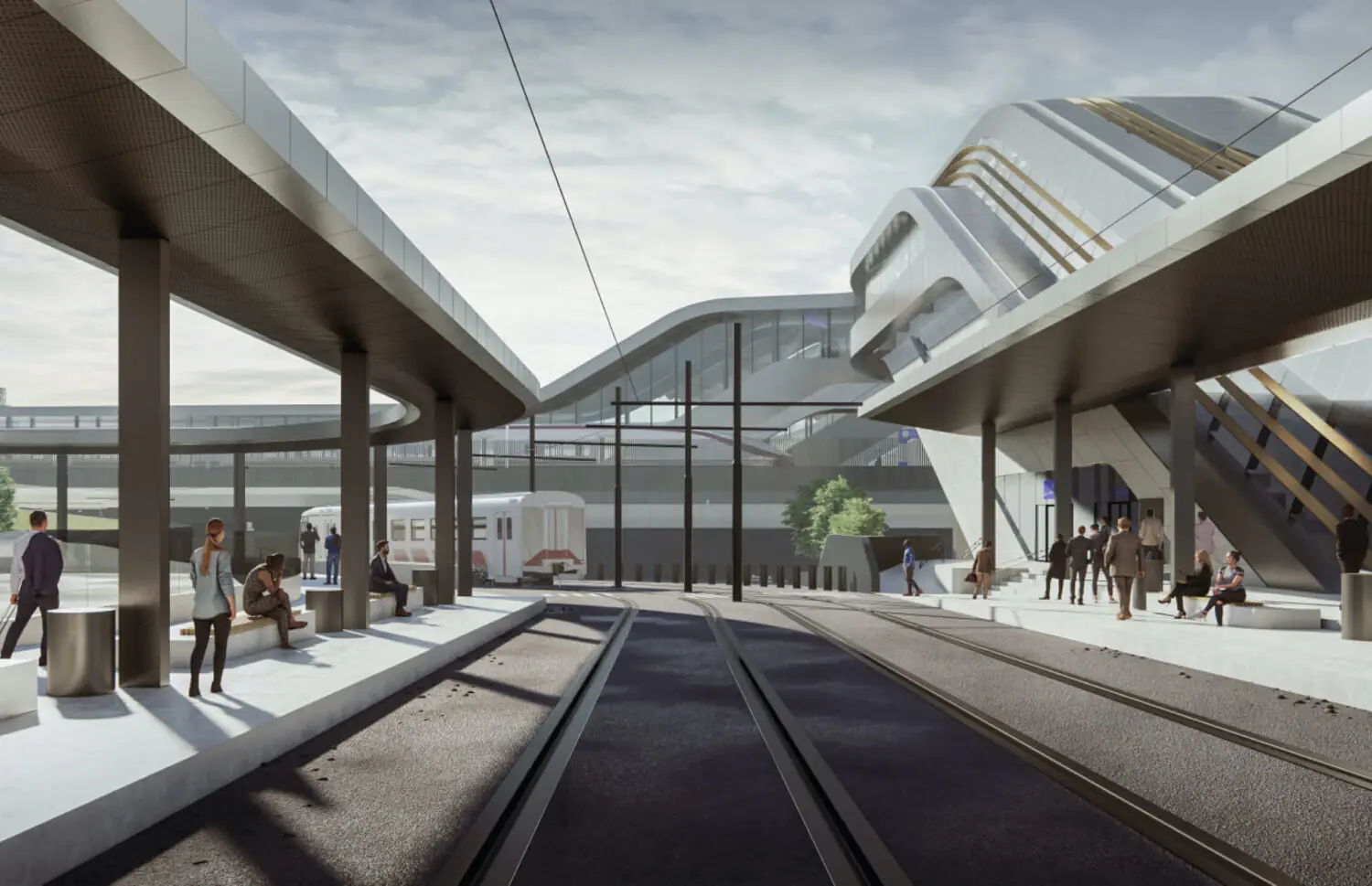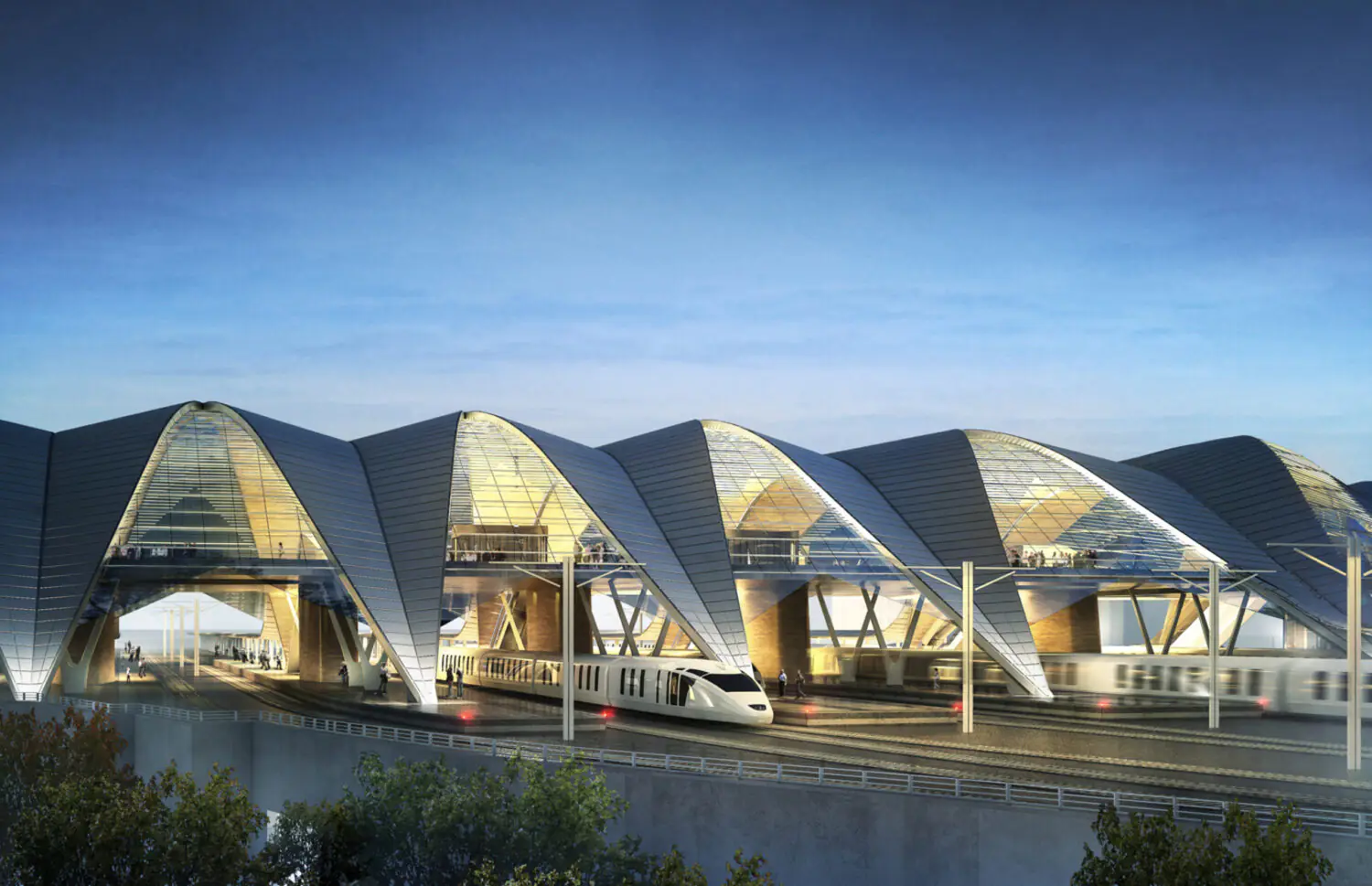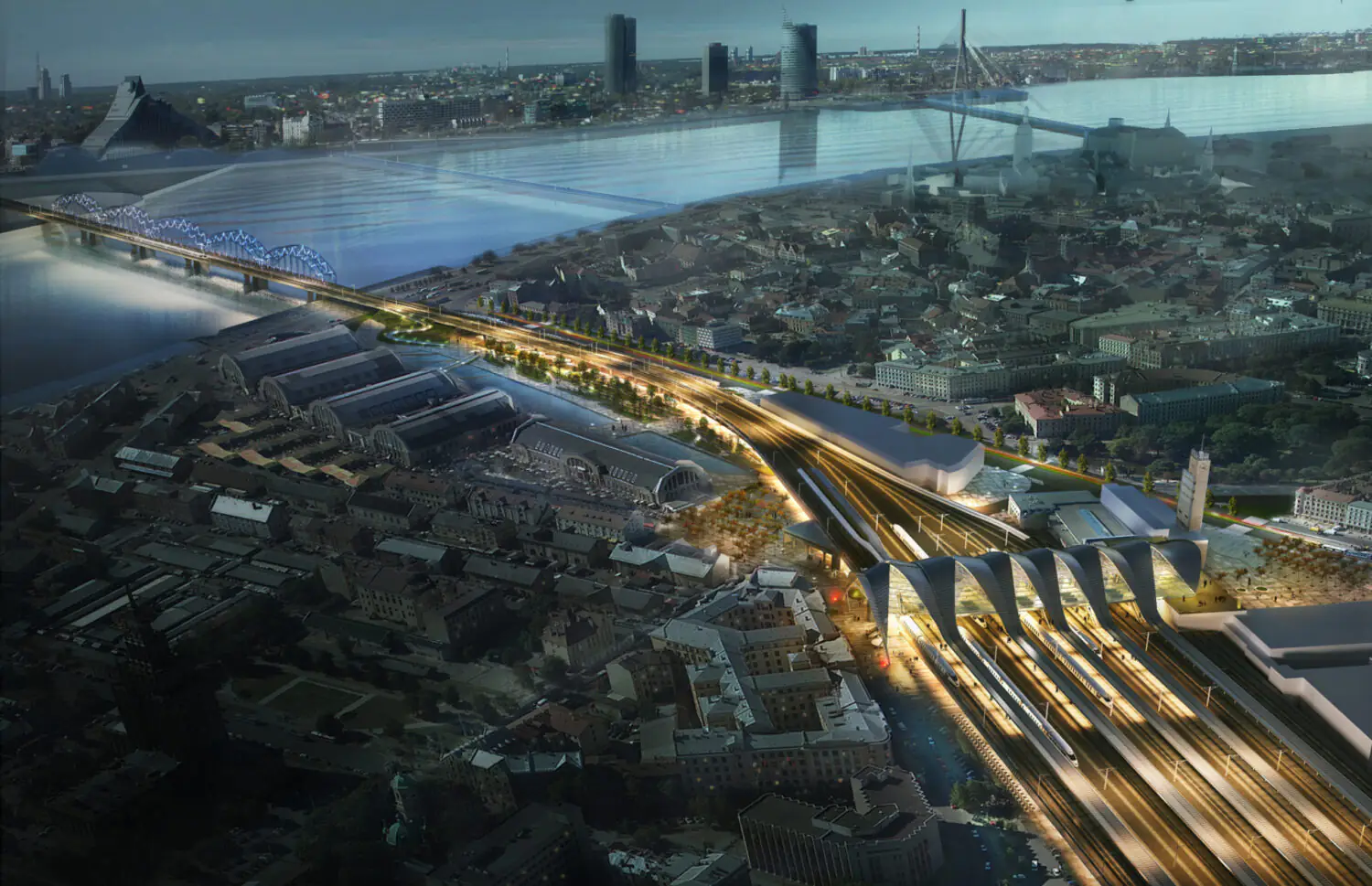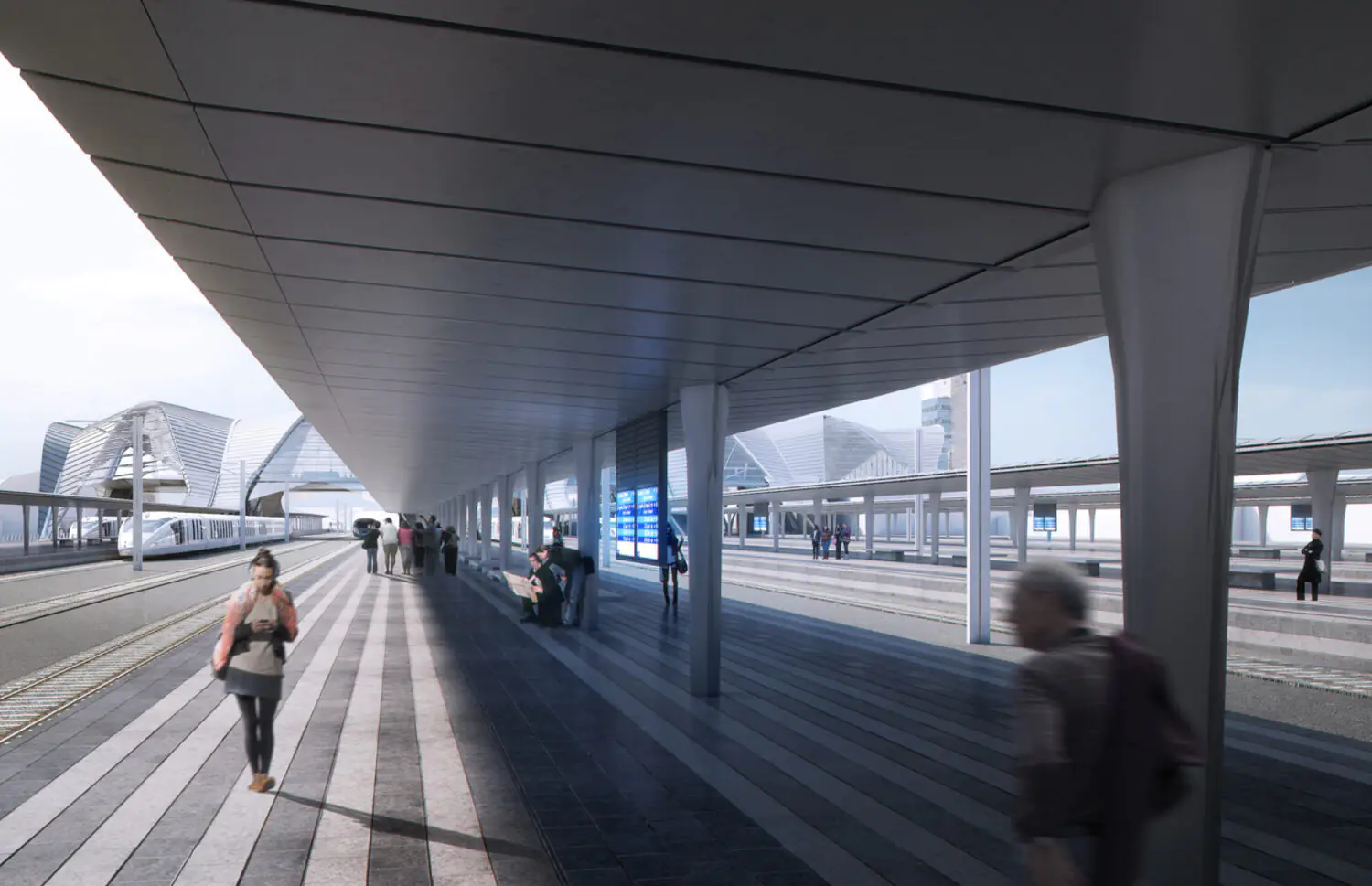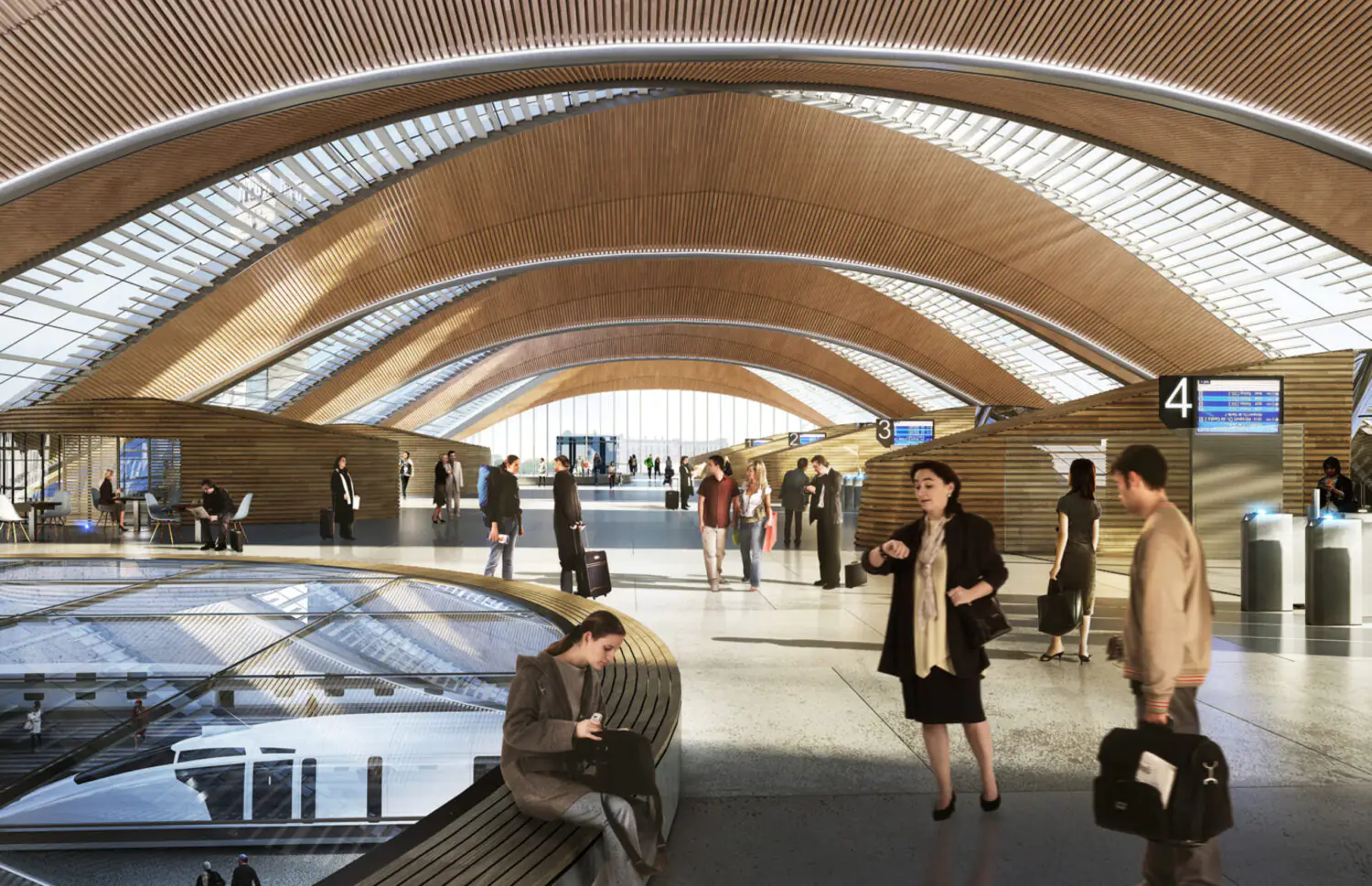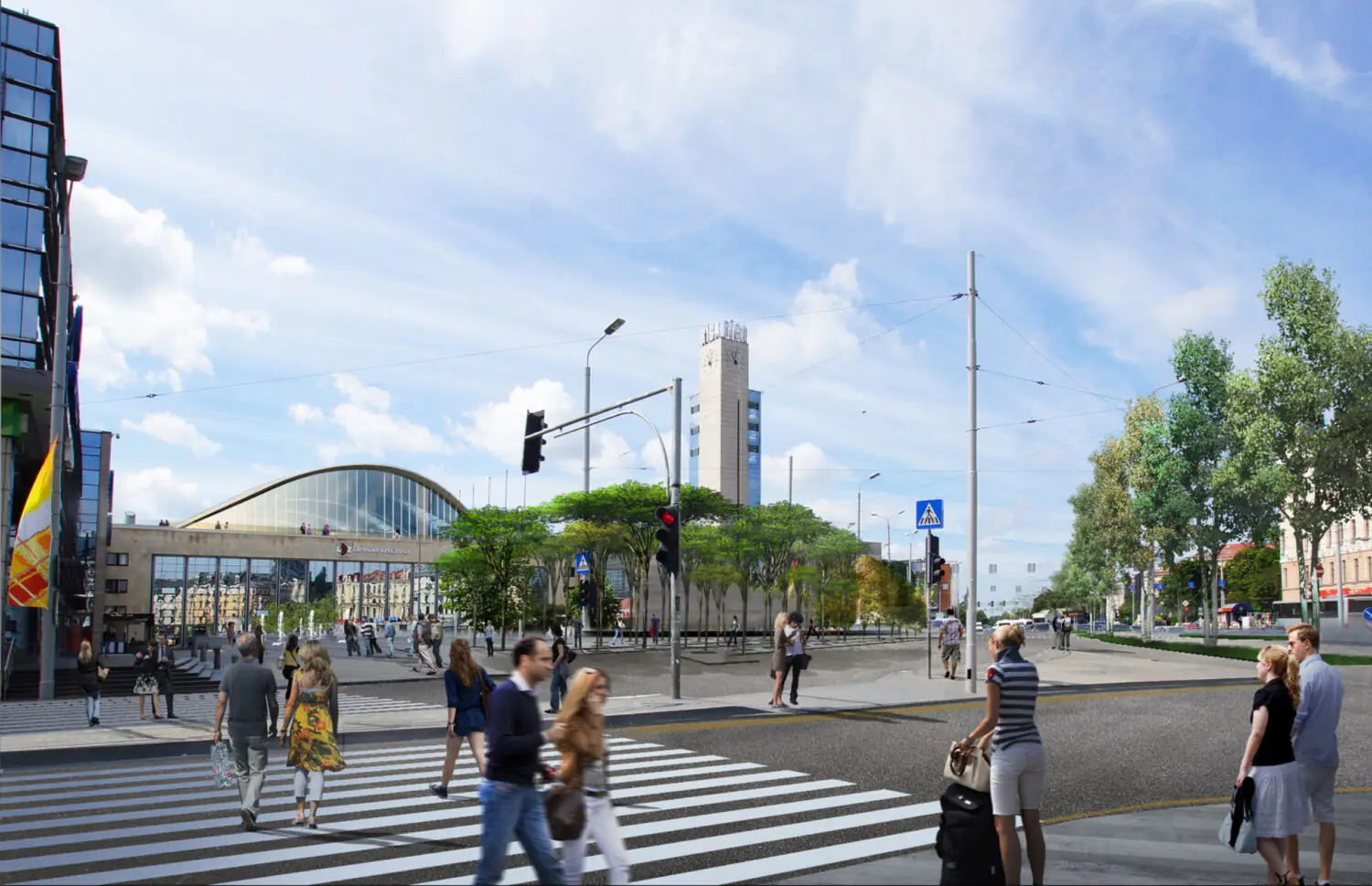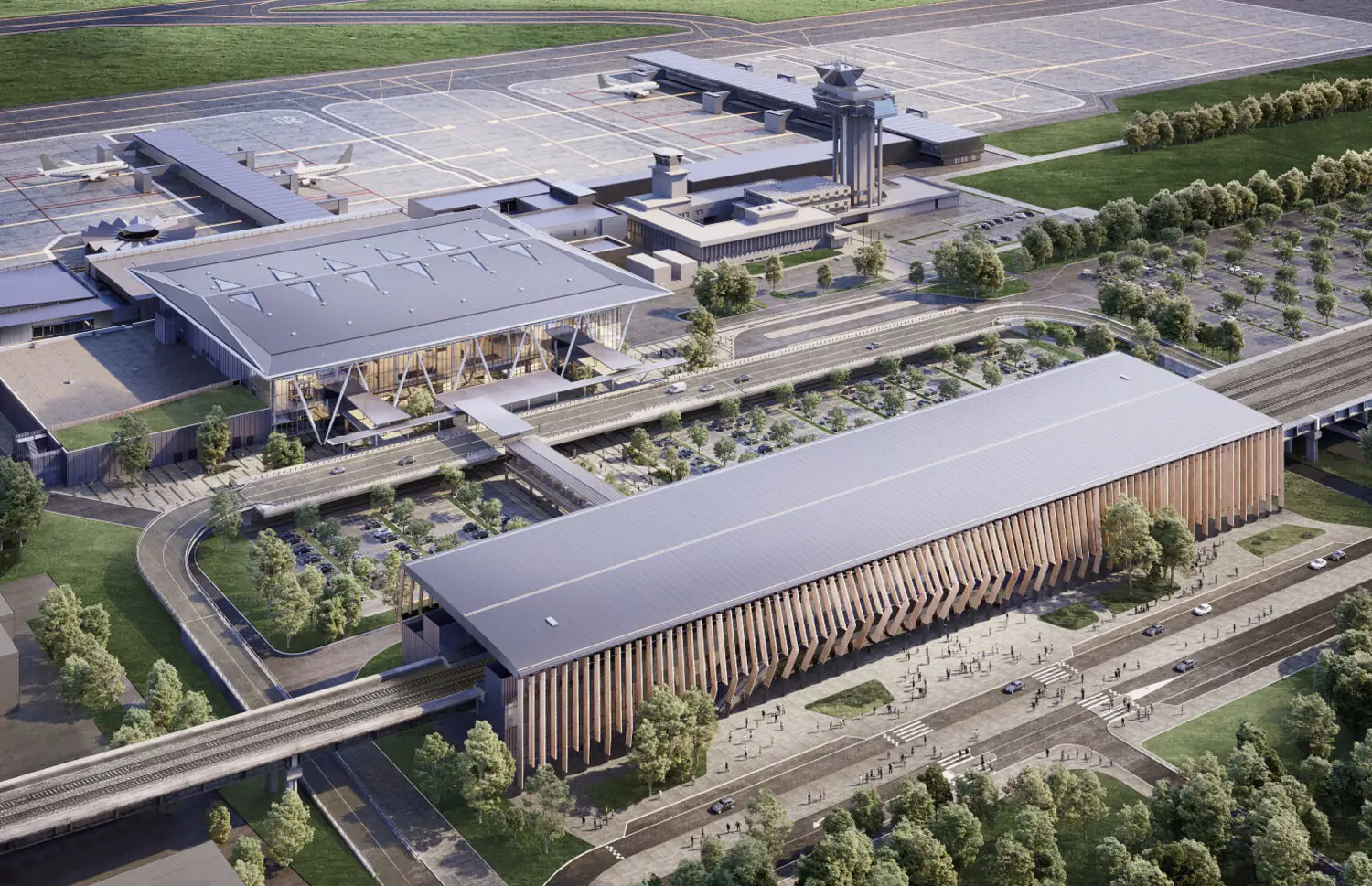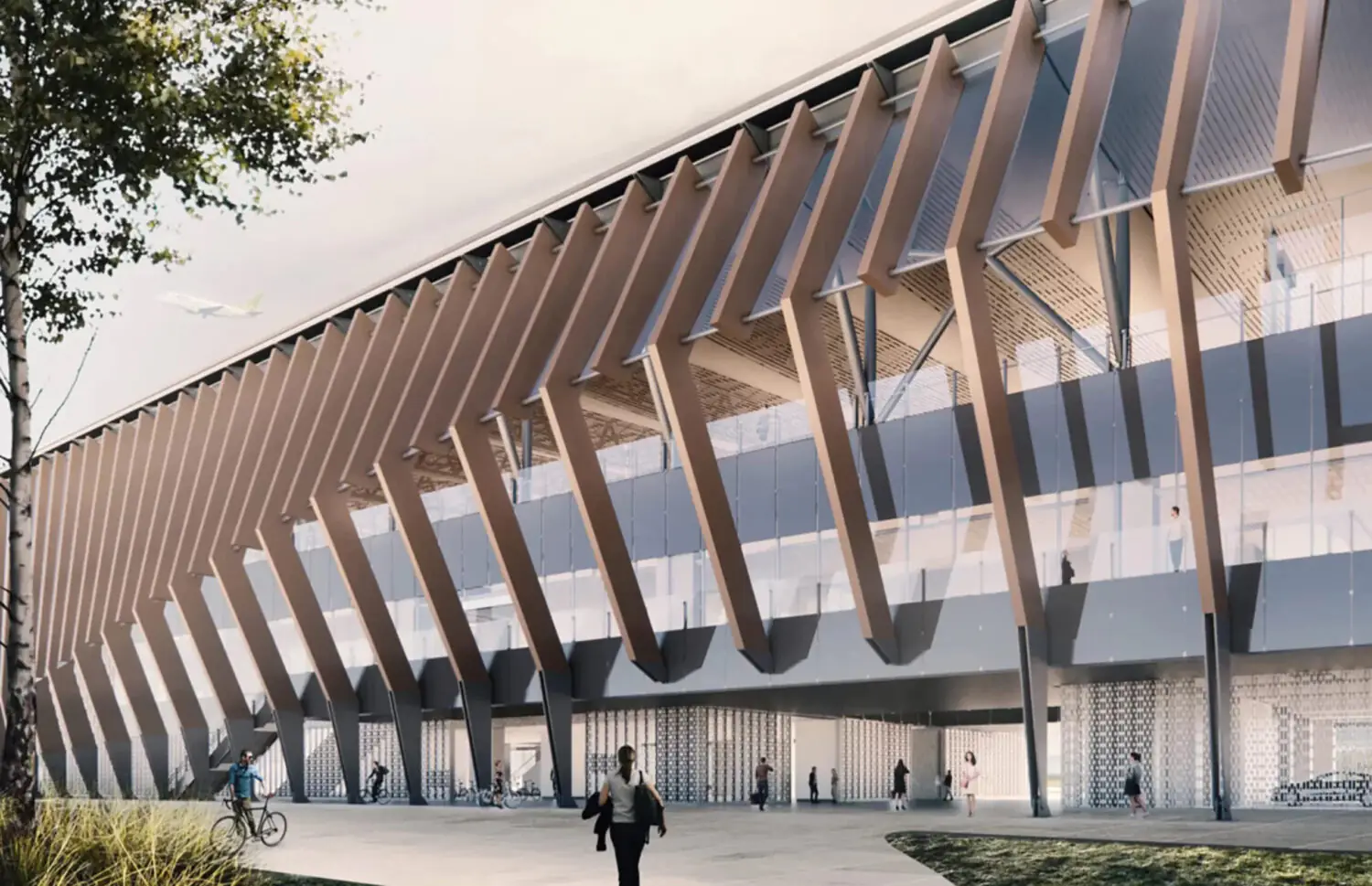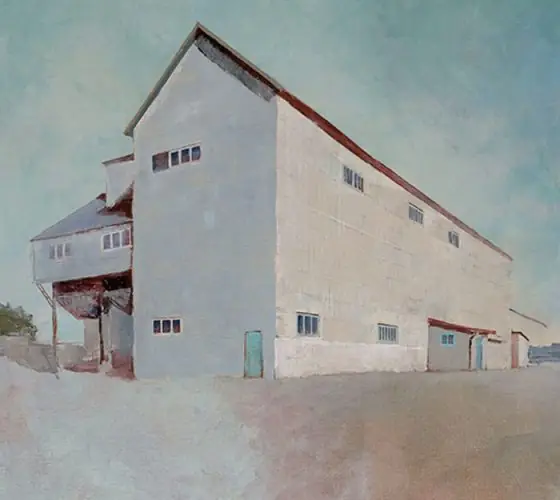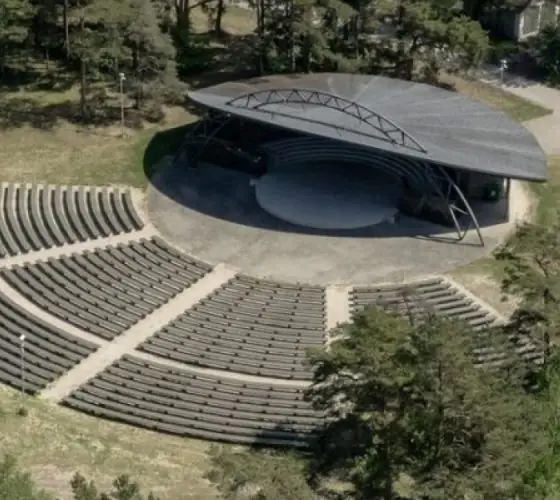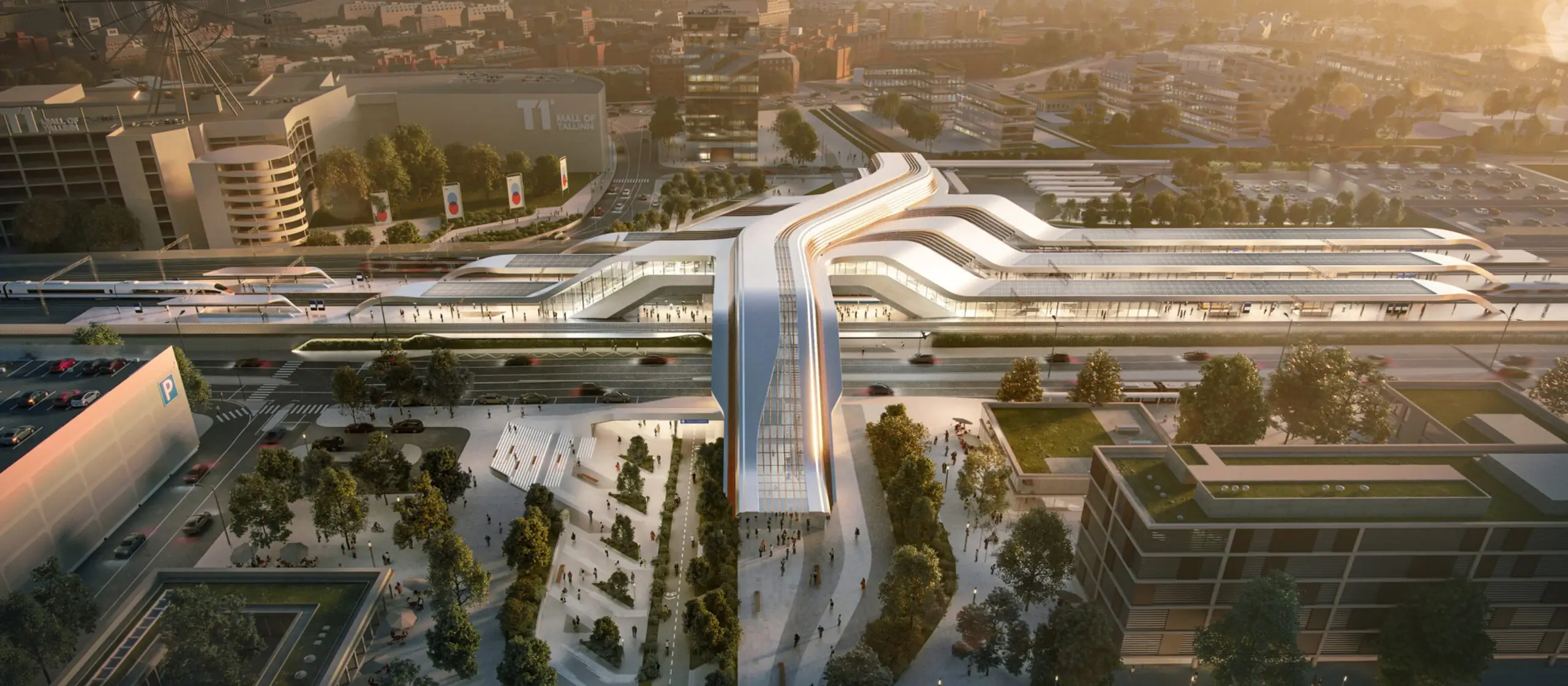
facebook.com/RailBalticaGlobalProject
Background
The idea for the Rail Baltica project emerged back in 1994, identifying the Warsaw-Kaunas-Riga-Tallinn axis as its core. Historically, these cities lacked direct and efficient railway connections because the railway network was primarily designed to serve the interests of the Soviet Union, linking the Baltic cities to central Russia from west to east. As a result, the existing railway was built for purposes that no longer align with the current economic and geopolitical aspirations of the Baltic countries. Their objective now is to strengthen connections between the Baltic states and other European nations along a north-south axis.
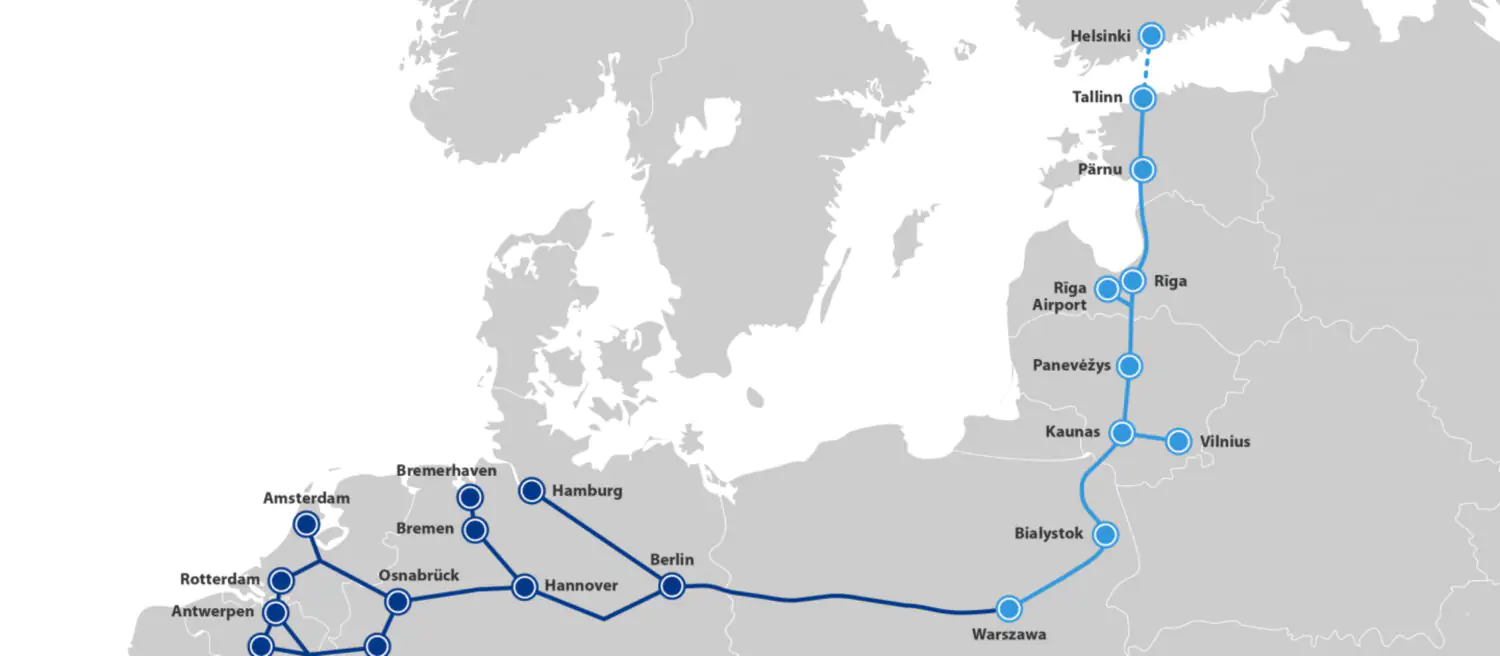
Another crucial factor that prompted a reassessment of the railway system in Estonia, Lithuania and Latvia was the incompatibility of their rail gauge with the rest of Europe. The Baltic countries mostly employ the broad gauge of 1520 millimetres, a Russian standard, while most European countries operate on the standard gauge of 1435 millimetres, adopted prior to World War II. This difference in rail gauge presented obstacles when connecting the Baltic rail network with Europe. To achieve effective compatibility with European standards, a return to the standard gauge is necessary.
Based on these two premises, the Rail Baltica project took shape, aiming to provide high-quality and high-speed transportation of both freight and passengers through the key transport hubs of the Baltics, connecting with Poland in the South and the Nordic countries in the North. Rail Baltica will integrate Estonia, Latvia, and Lithuania into the North Sea-Baltic corridor, enabling them to become components of the network connecting major European ports such as Antwerp, Rotterdam and Hamburg with Poland and soon, the Baltic region.
It is important to mention that Rail Baltica takes on additional significance in light of the ongoing war in Ukraine. Given the tensions in the region, the new railway connection becomes strategically important for developing and maintaining connectivity within Europe. The corridor will play a crucial role in facilitating regional connections.
To implement the Rail Baltica project, the countries received significant grants from the European Union, underscoring its high-priority status and garnering international support.
Global Project
A major international project like Rail Baltica requires extensive coordination among various stakeholders. Expert teams have conducted thorough analyses of potential high-speed lines and technical aspects of the railway infrastructure. During the planning phase, the countries involved have reached unified decisions on conceptual issues. To ensure consistent design standards across all three countries, a standardised guidebook has been developed and approved for implementation.
The Rail Baltica route will pass through several key stations, connecting Tallinn, Pärnu, Riga, Panevėžys, Kaunas, Vilnius, and extending the Polish-Lithuanian border, where it will connect with the Polish railway network. Additionally, there are future plans to construct an underwater railway tunnel between Helsinki and Tallinn, which will further enhance the connectivity between the Baltic and Northern Europe. Currently, this route is serviced by cargo and passenger ferries.
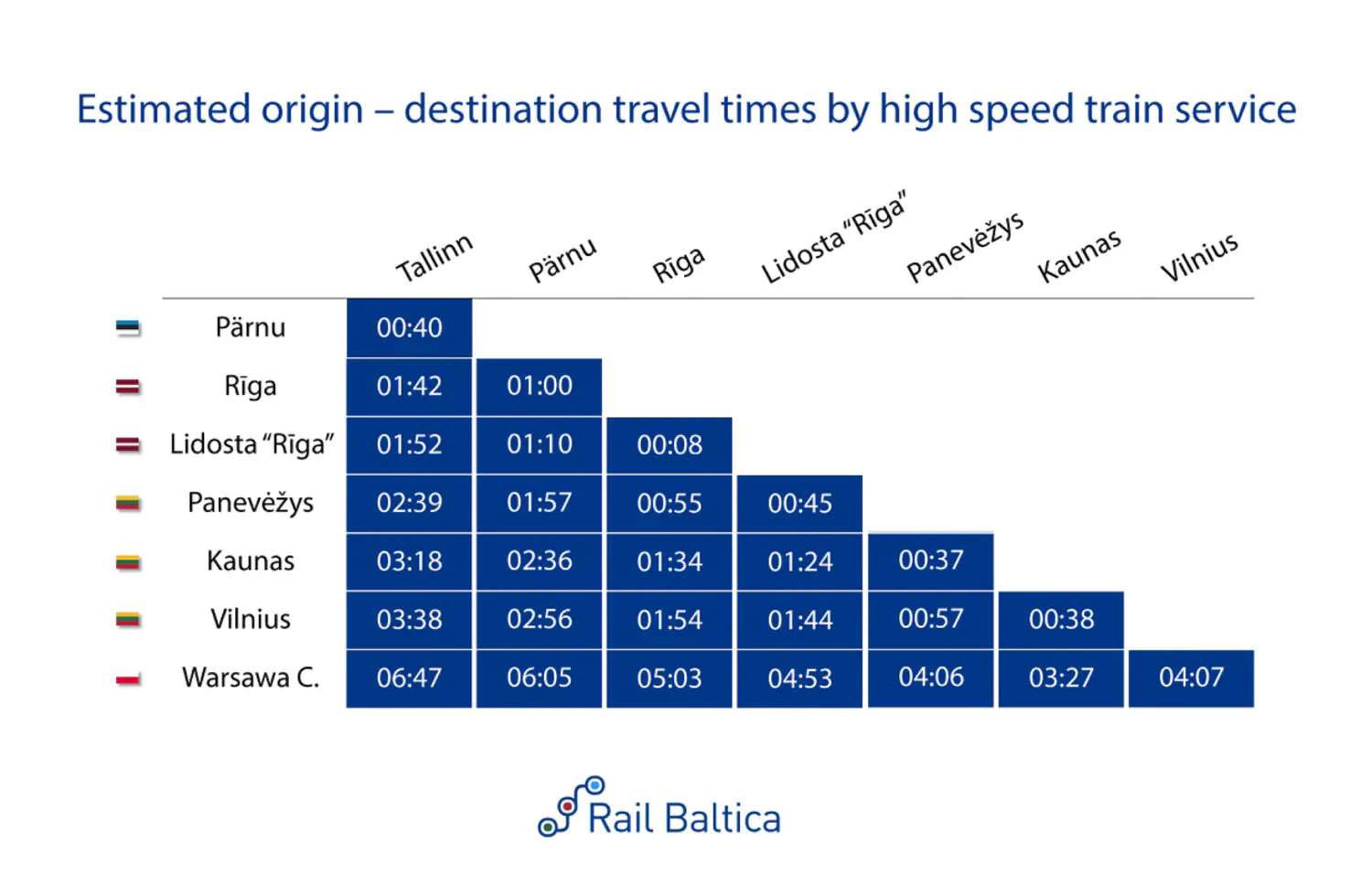
facebook.com/RailBalticaGlobalProject
The total length of the railway will span 870 km, with nearly one-third of it running through Latvian territory. This means that the project will have a considerable impact on the region’s development and economy. The use of high-quality all-electric freight and passenger trains marks a crucial step toward sustainable development.
The new railway will bring Baltic cities closer together, with travel times by train to Tallinn or Vilnius from Riga comparable to flight times. Hopefully, comfortable high-speed train journeys will replace tiring and environmentally harmful flights across the Baltic region.
Paradoxically enough, the Rail Baltica project also opens up a range of beneficial prospects for Riga International Airport. The largest airport in the Baltics, it is already expected to handle an even greater flow of passengers from neighbouring countries after the completion of Rail Baltica. For example, residents of Tallinn will be able to reach Riga Airport quickly and comfortably instead of flying from Tallinn Airport with layovers. This will not only save travellers time but also stimulate passenger flows between the two capitals. Such convenient transportation connectivity creates opportunities for business, tourism, and trade, contributing to the growth of Riga’s economic potential.
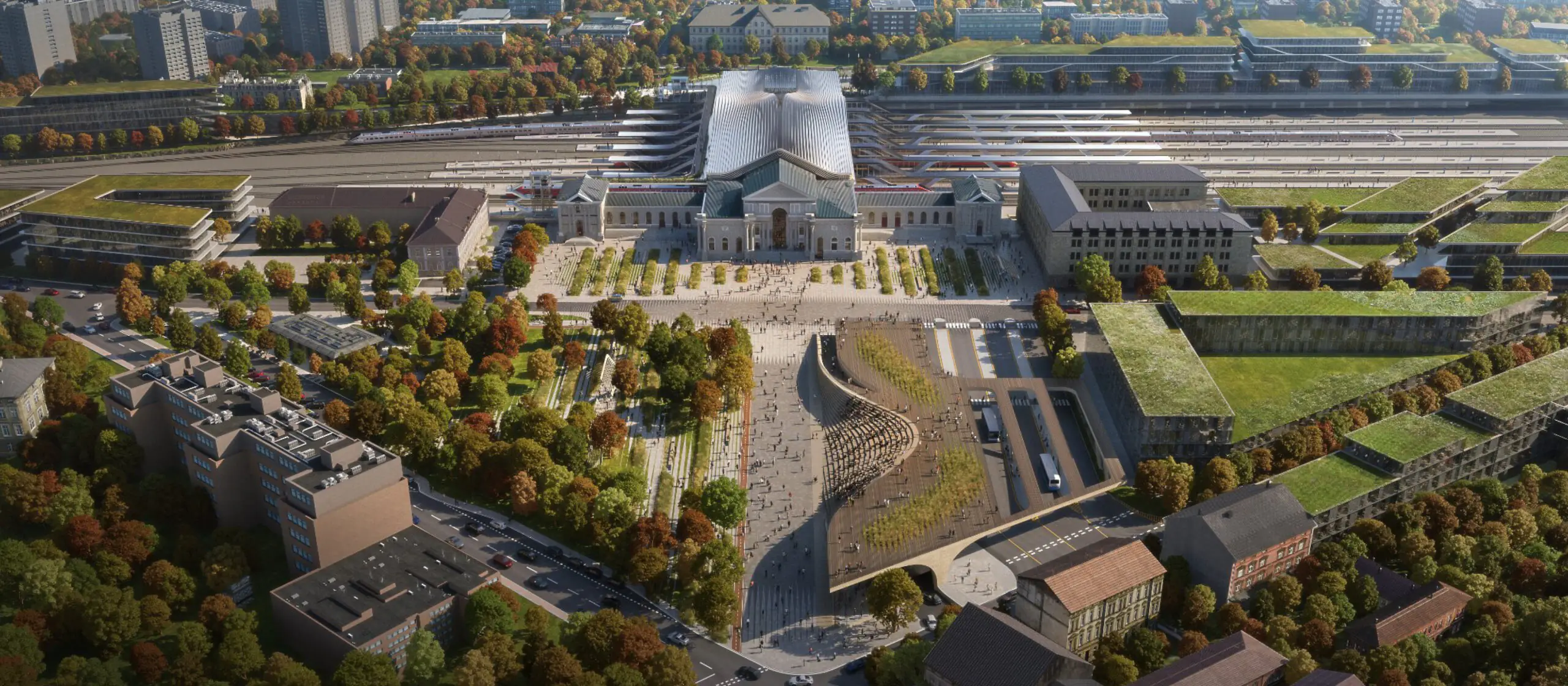
facebook.com/RailBalticaGlobalProject
The Impact on Latvia
Despite pandemic and war-related delays, the Rail Baltica project continues to make progress and is currently in the stage of developing a detailed technical plan. Construction has already begun in Latvia, where technical work is underway. A new viaduct near the existing bus station in central Riga is being constructed, which has caused some inconvenience for the residents and visitors of Riga. Overall, three major infrastructure hubs are planned to be built in Latvia as part of Rail Baltica: the new Central Station in Riga, the Riga International Airport station, and the Salaspils freight terminal.
The central hub of Rail Baltica is the new Central Station in Riga, a collaborative project by, among others, PLH Arkitekter Denmark and BERERIX. Located in the very heart of the capital, near the famous Central Market, this ambitious project aims to completely transform the area surrounding the new station. It will, for example, introduce new bike paths, recreational areas, a waterfront, and an overall improved environment for the city dwellers. Construction work is currently ongoing in the area neighbouring the future station, resulting in restricted traffic, but once the temporary inconveniences are resolved, we will be greeted by a revitalised contemporary heart of Riga. Upon completion, certain streets will remain pedestrianised and closed to cars. Another significant infrastructure element of the Rail Baltica corridor in Riga is a new bridge that will run parallel to the existing railway bridge, spanning the Daugava River.
Progress is also being made at the new Riga International Airport station, a project undertaken by One Works and Vektors T. Unique pile foundations have already been laid, and construction is moving forward. Once completed, the station and the elevated track will provide convenient train access for approximately five thousand airport employees, as well as residents from Riga and tourists who wish to reach Riga International Airport.
Another crucial component of the Rail Baltica corridor in Latvia is the Salaspils freight terminal, a joint project by BRD projekts (Latvia) and Sintagma S.R.L (Italy). This intermodal terminal facilitates the handling of cargo from various modes of transportation, including railways and roads. Serving as a major transshipment hub in the Baltic region, the terminal holds significant growth potential. Additionally, the construction of the terminal will contribute to the development of Salaspils Municipality, generating numerous job opportunities across different sectors.
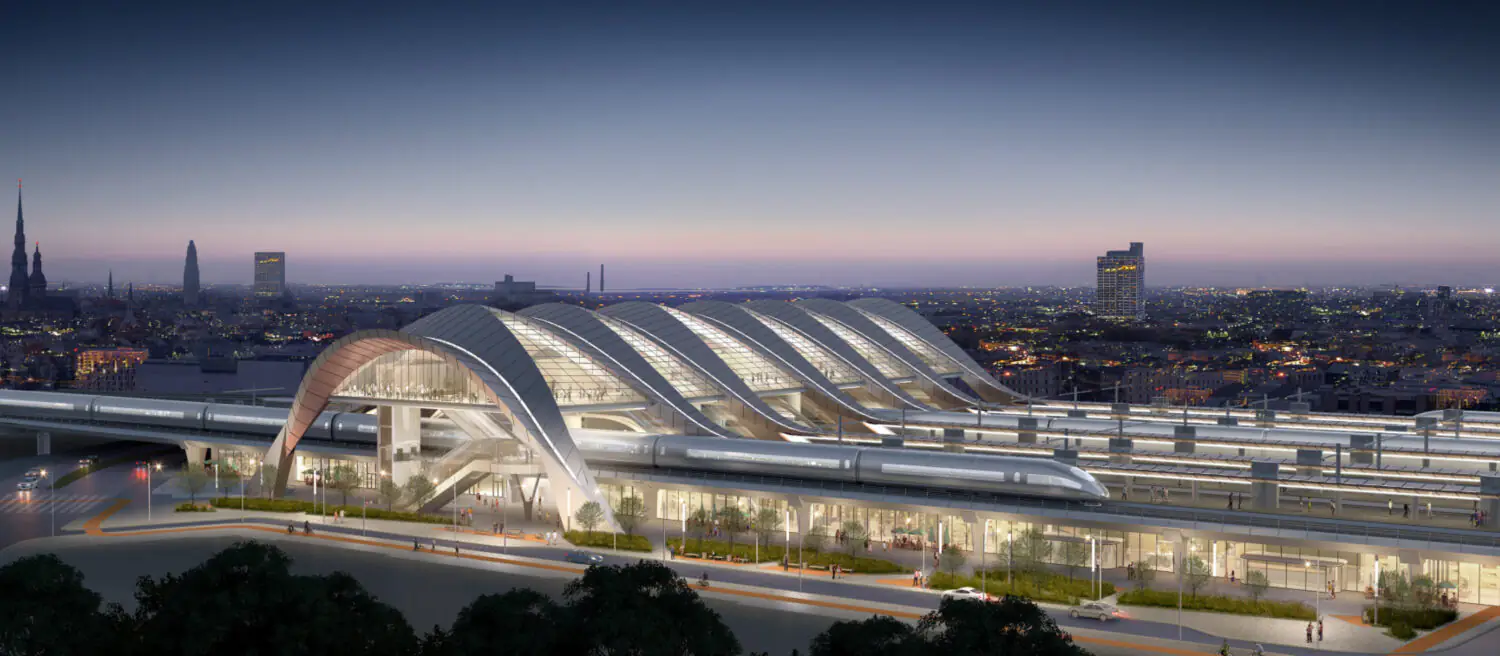
facebook.com/RailBalticaGlobalProject
In conclusion, the Rail Baltica project brings new opportunities for trade, tourism, and cultural exchange, strengthening cooperation between the Baltic countries and Europe as a whole. One of the project’s notable advantages is its substantial contribution to environmental sustainability. By introducing electric trains and providing rail travel for short and medium distances, it will greatly reduce carbon dioxide emissions and improve air quality in the region. Furthermore, the construction of new Rail Baltica stations in and around Riga will not only enhance local infrastructure but also transform the city itself, making it even more appealing to residents and visitors. These developments will provide convenient and modern transportation options that save travel time and ensure comfort.
Rail Baltica goes beyond being just another railway project; it represents cooperation, innovation, and sustainable development. It demonstrates the Baltic countries’ commitment to strengthening regional connections and fostering closer ties with the broader European community. Rail Baltica will not only improve mobility and accessibility but also contribute to the creation of a more united and environmentally responsible Europe.
Read more about how the new Rail Baltica stations in Riga will be organized in the next article.



